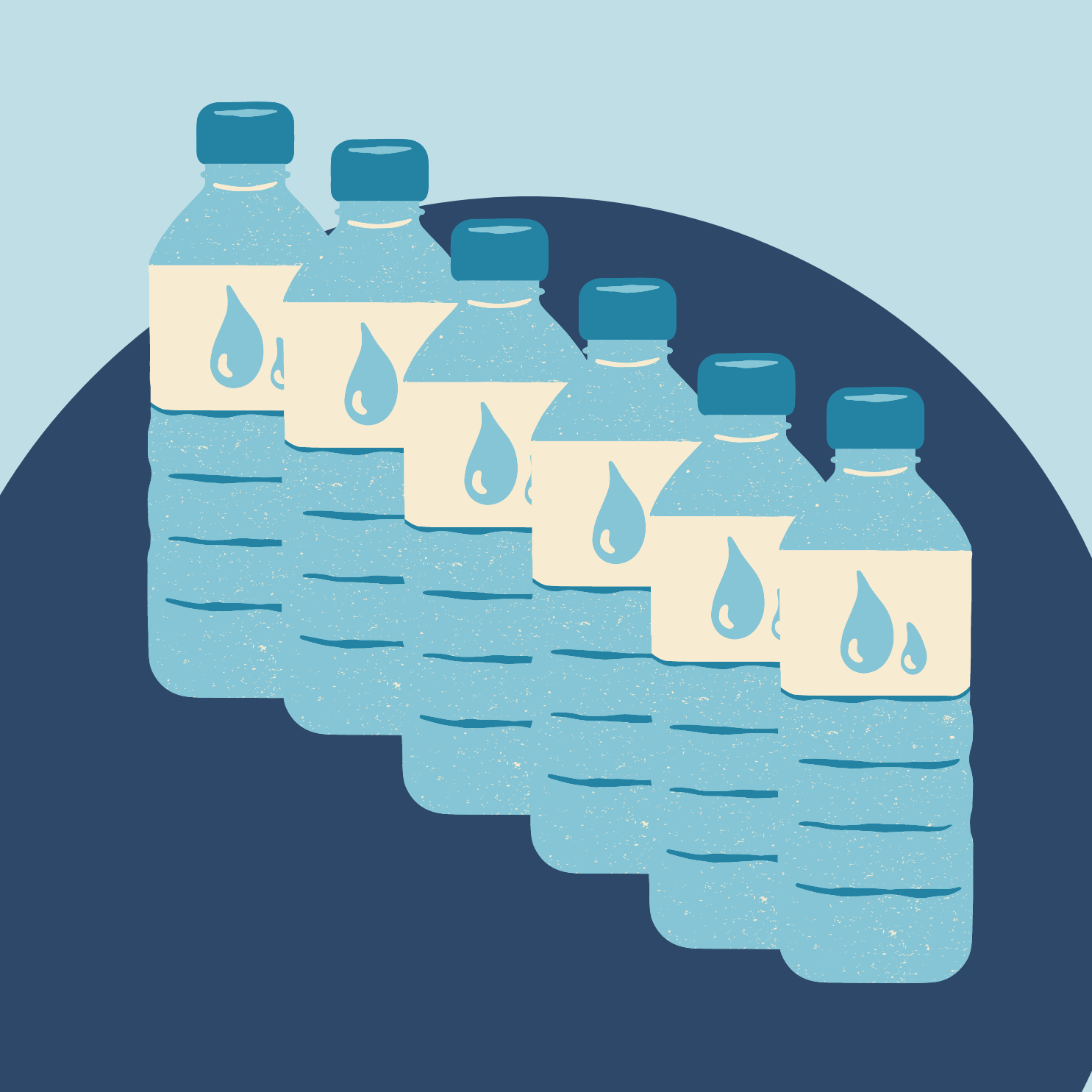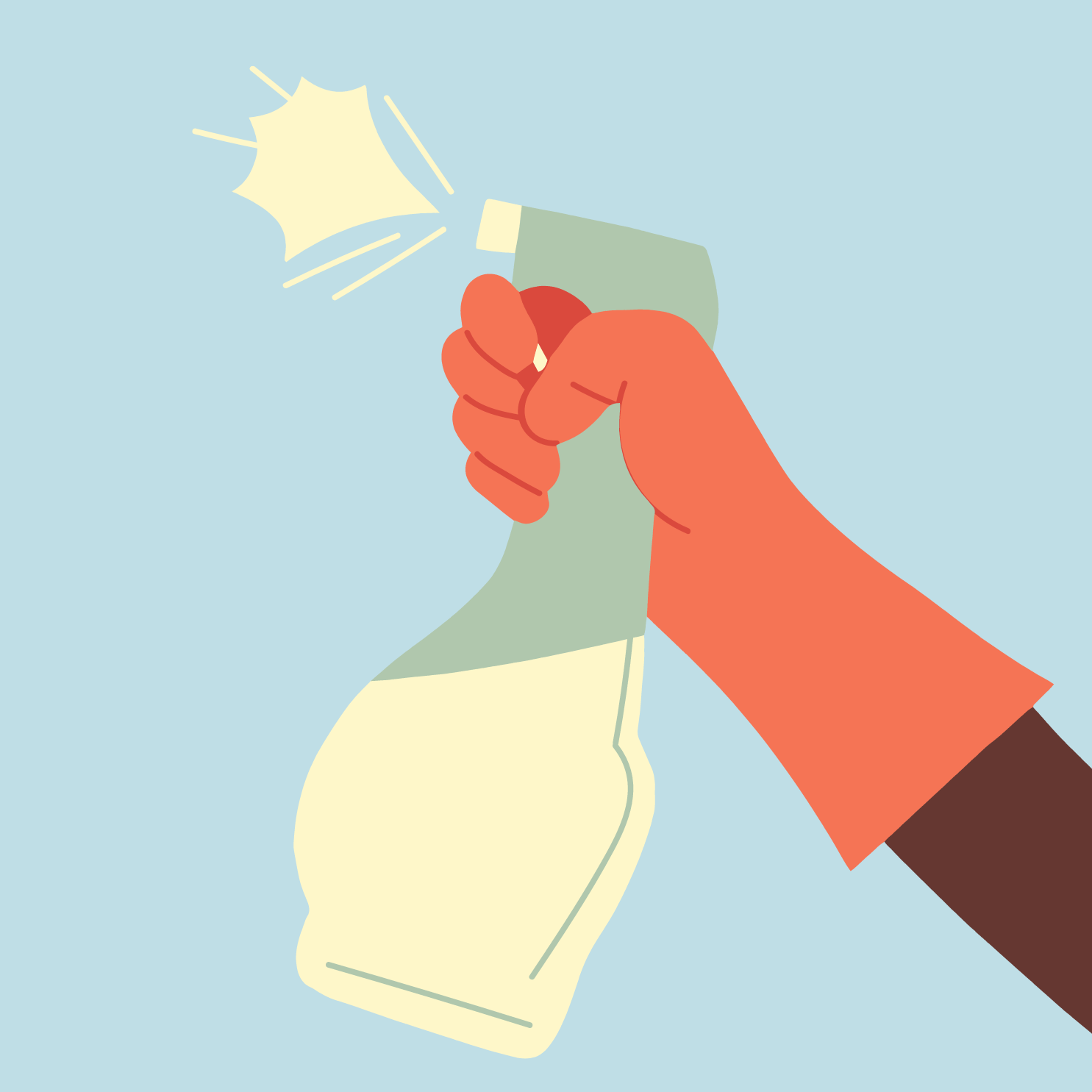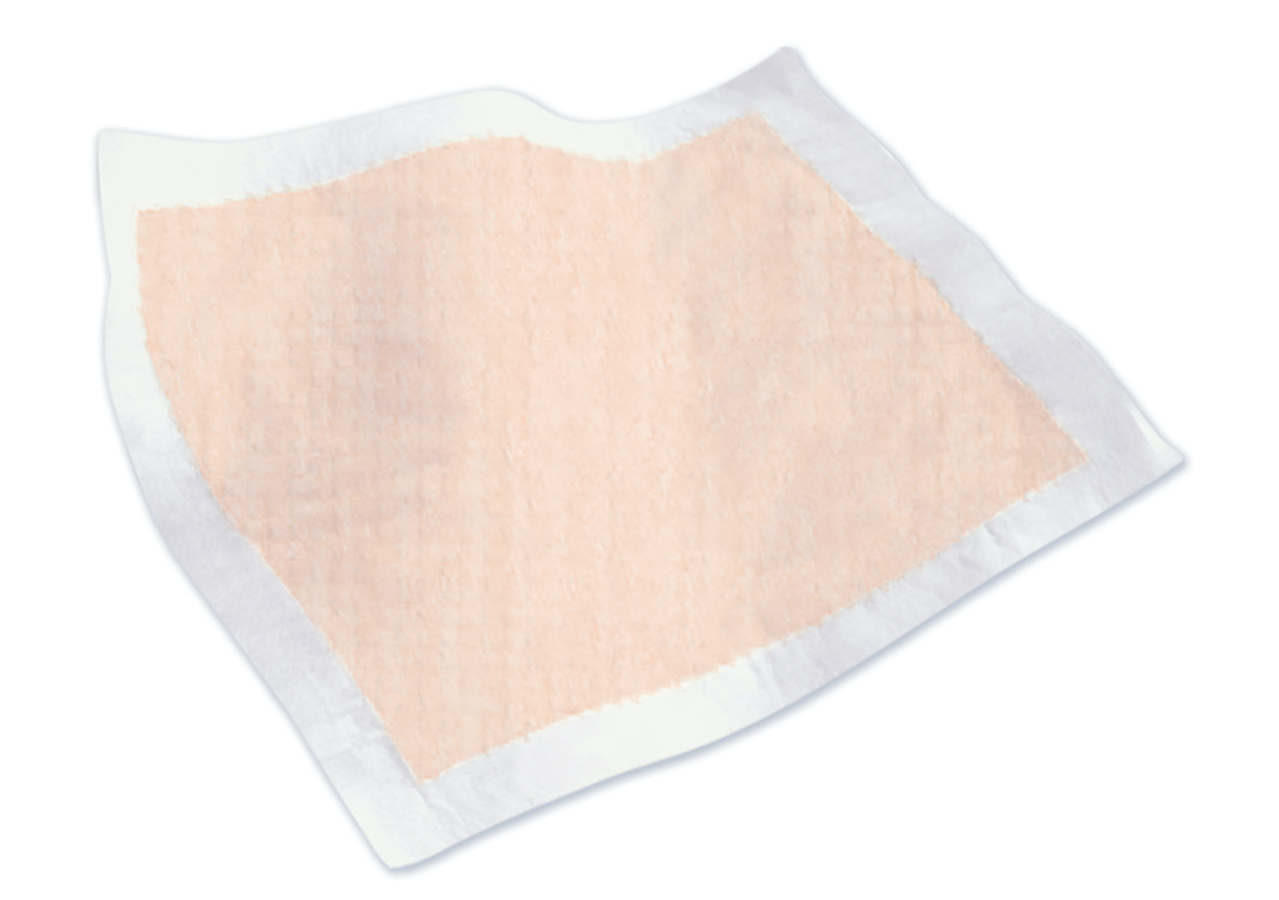Posted by Hayley Milne on Jul 03, 2024
A Guide to Odor Control for Urinary Incontinence

Managing urinary incontinence can be challenging, and one of the common concerns is controlling strong urine odor.
For the millions of caregivers helping a loved one to manage their incontinence, there is continuous concern about controlling urinary leakage and keeping their skin dry. Urine leaks can also cause unpleasant odors that can lead to feelings of embarrassment, isolation and loss of dignity.
Here is how to get rid of incontinence smell caused by urinary incontinence.
Preventing and Containing Incontinence Leaks
The best way to limit odors caused by urinary incontinence is by trying to contain leaks in the first place.
Ensure you are using the right type and size of incontinence product for your needs. Proper fit is crucial to prevent bladder leaks and provide optimal protection. Additionally, using products specifically designed for high absorbency can help manage larger volumes of urine, reducing the risk of leaks and subsequent urine odors.
Regularly check and change your incontinence products to prevent saturation and overflow. Wearing breathable, moisture-wicking clothing can also aid in keeping the skin dry and minimizing urine odors.
Maintaining good hygiene is essential to get rid of urine odors and reduce the risk of urinary tract infections. Regularly clean the genital area with mild soap and warm water, and keep the skin dry to prevent bacterial growth.
Maintaining open communication with your healthcare provider can lead to better management of incontinence. They may offer treatments or recommend specific products tailored to your condition, ultimately helping to get rid of leaks—and odors—under control while also reducing the risk of urinary tract infections.
Choose the right products
Not all incontinence products are the same. There are many different styles, absorbency levels and product features that could make one product perform better for your individual needs. For example, Tranquility® Incontinence Products feature a superabsorbent core that wicks away fluid, neutralizing pH and reducing odor for discretion.
Read our best adult diapers guide to learn what might work best for you, or try a product sample so you can experience first-hand which products reduce odor while keeping you comfortable and your clothes and furniture dry.
Add Boosters or Bed Pads
Booster Pads are special absorbent pads that go inside of another disposable incontinence product. They are designed to absorb a certain amount of urine, before allowing additional fluid to pass through to the host disposable garment. This extends the wear time of an adult diaper, tab-style brief or pull-on underwear, to keep you dry and odor-free.
Disposable bed pads, sometimes called chux, are absorbent, waterproof pads that can be laid on a bed, chair or other surfaces to provide an additional layer of protection from heavy leakage and odor.
Get the right fit
Having a product that fits correctly is critical to stopping leaks and potential odor. Disposable adult diapers or briefs should fit snugly, with the placement of the tape tabs on the hips and no gaps around the legs.

Tips for Eliminating Urine Incontinence Odor
Another way to manage incontinence-related urinary odor in the home is to make small changes to one’s diet and hygiene practices. This can minimize the foul smell associated with urine, even if accidents do occur.
Drink fluids

It’s very common for people with urinary incontinence, or those caring for someone with incontinence, to think that drinking less fluid will reduce the need to urinate, thus leading to fewer accidents and less urine odor. This is a bad idea.
The less liquid one drinks, the more concentrated and foul-smelling their urine becomes. Drinking a healthy amount of water – six to eight glasses per day is recommended – dilutes urine and reduces or eliminates its odor.
Highly concentrated urine irritates the bladder, causing an urgent need to urinate, emergency trips to the bathroom and leaks. Drinking fluids regularly also keeps one from becoming dehydrated.
Drinking plenty of water helps dilute your urine, which can reduce the concentration of compounds that cause urine smell.
Check for infection
If urine becomes noticeably more foul-smelling, it may be a side-effect of an infection in the bladder or urinary tract (a UTI). These infections are more common for people with incontinence.
Tweak your diet
Some food and drinks, including fish, onions, garlic, coffee, alcohol and asparagus, can give urine an especially foul odor. On the other hand, adding fruit juice (such as cranberry, apple, grape and cherry) to your diet increases the acidity of urine, which naturally reduces its odor. Vitamin C pills help naturally deodorize urine, while specialty ingestible incontinence products are also available to help neutralize urine odor – but check with your doctor first.
Take care of skin
Keep your skin down there clean and healthy to deter urine odor by using disposable wipes after toileting or changing incontinence garments. Put on a fresh disposable product as soon as wetness is detected.
Practice Good Hygiene
Regular cleaning of the genital area is crucial. Use mild soap and warm water to wash the area after each episode of incontinence. This helps remove any residual urine that can contribute to urine odor.
Use Incontinence Products with Odor Control
Modern incontinence products, like briefs and pads, often come with built-in odor control features. These products are designed to neutralize urine odor and keep you feeling fresh. Look for products specifically labeled for odor control.
Consider a Diet Adjustment
Certain foods and beverages, like asparagus, coffee, and garlic, can intensify urine smell. Keeping a food diary can help you identify and avoid these triggers. Incorporate more odor-neutral foods like cranberries, which can also promote urinary health.
Removing Odor Caused by Urinary Leakage
Sometimes, accidents will happen, regardless of how well you prepare or how well an incontinence product works. When leakage does occur, whether it leads to soiled clothing, bedding, furniture or other surfaces, the most important tip is to begin cleaning it up as soon as you notice it, if possible.
The longer that urine leakage goes untreated, the stronger the urine smell can become, and the harder it may be to get out urine stains.

Step 1 - Soak it up:
When soaking up urine leakage, try using disposable paper towels or absorbent paper products, instead of reusable rags. Seal used towels in a trash bag and immediately place the bag in a trash can outside of the home.
To keep your hands clean, wear disposable gloves, then throw these in the bag with the used paper towels.
Step 2 - Sanitize:
After soaking up urine with paper towels or rags, clean the area a second time with sanitizing disposable wipes or a disinfectant solution.
Be cautious if using bleach, as it can react with ammonia found in urine, producing a potentially foul or harmful gas. A 10:1 water-to-bleach ratio solution is an effective cleaner that won’t react dangerously with ammonia.
Other options include store-bought non-bleach disinfectants or pet urine cleaners. These can also be effective at eliminating urine odor. When done cleaning, seal the used towels or rags in a bag and place them outside the home.

Step 3 - Follow-up cleaning:
Try to wash urine-stained bedding and garments, as well as furniture, carpeting and other surfaces immediately, if possible. When cleaning, don’t rub fabrics together heavily, as this can drive the stain deeper into the material.
There are many combinations of store-bought and household ingredients that can create solutions to effectively remove urine stains and odors. Make sure to test a small, inconspicuous area of all materials to ensure there is no damage or staining.
- Before washing, soak clothing for a few minutes in a mixture of 1 cup white vinegar and 3 cups water.
- Sprinkle a small amount of baking soda on a urine stain to absorb and neutralize the odor.
- Add washing sodas or detergent boosters such as Borax to the washing machine.
- Check your washing machine for special “bedding” or “sanitization” settings.
- For furniture and carpet, create a spray solution containing 1 cup of peroxide, 3 tablespoons of baking soda and a few drops of dish soap. Allow the sprayed area to sit for about 20 minutes, then soak up excess fluid. If fabric remains moist, sprinkle baking soda to help it dry, then vacuum the area.
If you need help selecting the right products to stop leaks and reduce potential odor, please call a Comfort Plus representative at 1-888-656-8055 or email service@comfortplusonline.com.

About the Author
Hayley Milne
Hayley is a writer who currently works as a Brand Manager for a leading continence care product manufacturer. She has worked in the manufacturing industry for nearly 6 years, including the last four years focusing on incontinence-related educational content.
For more information or questions about this article, please call Comfort Plus at 1-888-656-8055 or email service@comfortplusonline.com.


